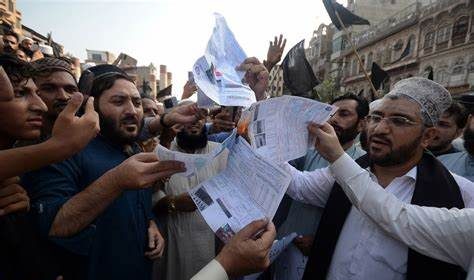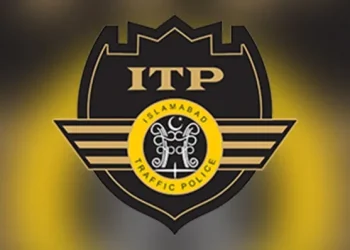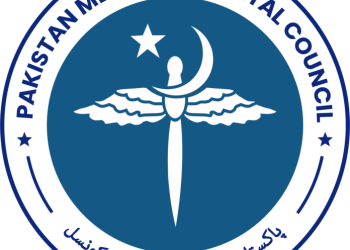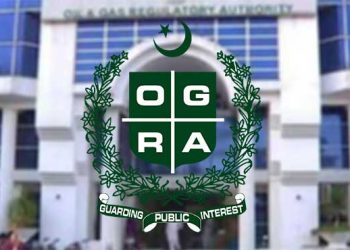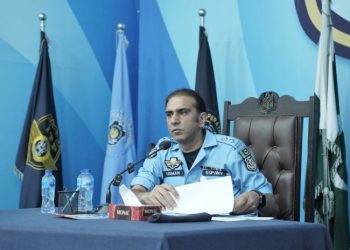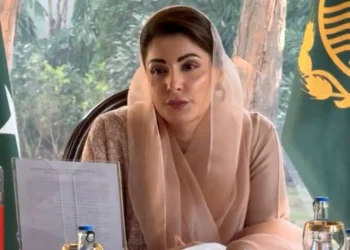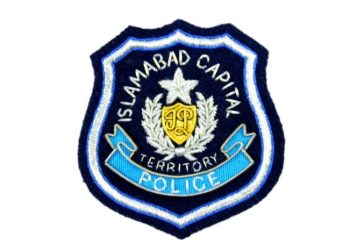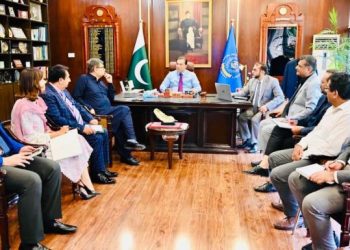Pawan Kumar
KARACHI: As citizens grapple with soaring electricity bills, the Sindh government is under fire for its extravagant spending on non-development activities, despite claiming a lack of funds for essential development projects. The provincial government has come under scrutiny after it was revealed that a significant portion of the budget will be allocated to the purchase of new vehicles, a move that has sparked widespread criticism.
In the current financial year, the Sindh government has planned to acquire a total of 528 new vehicles. This substantial expenditure includes 398 cars, both double and single cabin, and 130 motorcycles. Critics argue that such spending is excessive, especially when the government has recently dismissed public demands for relief in electricity bills as wasteful.
Among the planned purchases, 45 cars will be designated for the Sindh Assembly, specifically for the use of standing committees. Additionally, 29 Revo Hilux vehicles are set to be distributed to Deputy Commissioners across the province, while 17 Fortuner vehicles will be allocated to high-ranking officials including Additional Chief Secretaries, Commissioners, and Additional Inspector Generals (IGs).
The Sindh Police is also poised to benefit from this spending spree, with 139 four-by-four double-cabin vehicles earmarked for the use of Deputy Inspector Generals (DIGs) and Senior Superintendents of Police (SSPs). The vehicle procurement plan extends further to include 74 cars with 1300 cc engines for provincial secretaries, and 69 cars with 1000 cc engines for assistant commissioners.
In addition to these, the government intends to purchase 38 cars with 660 cc engines, 69 cars with 1000 cc engines, one car with a 1200 cc engine, and 74 cars with 1300 cc engines. High-end vehicles are also on the list, with two cars boasting 1800 cc engines and 23 vehicles of the same engine capacity included in the budget.
The procurement plan doesn’t stop at standard vehicles; it also includes one patrolling mobile, one Toyota HiAce with a 15-seat capacity, 139 four-by-four double-cabin vehicles, 2 Rocco double-cabin vehicles, one four-by-four single-cabin vehicle, 29 Revo Hilux vehicles, and 17 Fortuner vehicles.
The timing and scale of these purchases have drawn sharp criticism from various quarters, with many questioning the government’s priorities, especially in the context of the current economic hardships faced by the public. The Sindh government’s spending decisions are being viewed as particularly tone-deaf in light of recent comments dismissing the need for public relief in electricity bills as unnecessary extravagance.
Opposition leaders and civil society members have called for a reassessment of the government’s spending priorities, urging the provincial administration to focus on essential public services and infrastructure projects rather than non-developmental expenditures. As the debate intensifies, the Sindh government finds itself under increasing pressure to justify its spending in a province where resources are limited, and public demands for relief and development are growing louder by the day.


